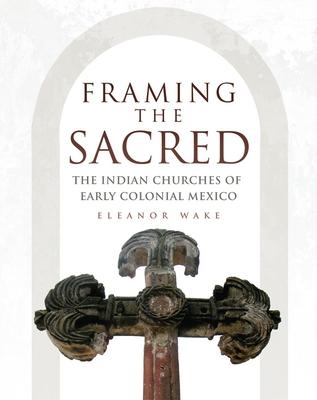Christian churches erected in Mexico during the early colonial era represented the triumph of European conquest and religious domination. Or did they? Building on recent research that questions the "cultural" conquest of Mesoamerica, Eleanor Wake shows that colonial Mexican churches also reflected the beliefs of the indigenous communities that built them. European authorities failed to recognize that the meaning of the edifices they so admired was being challenged: pre-Columbian iconography integrated into Christian imagery, altars oriented toward indigenous sacred landmarks, and carefully recycled masonry. In Framing the Sacred, Wake examines how the art and architecture of Mexico's religious structures reveals the indigenous people's own decisions regarding the conversion program and their accommodation of the Christian message.
As Wake shows, native peoples selected aspects of the invading culture to secure their own culture's survival. In focusing on anomalies present in indigenous art and their relationship to orthodox Christian iconography, she draws on a wide geographical sampling across various forms of Indian artistic expression, including religious sculpture and painting, innovative architectural detail, cartography, and devotional poetry. She also offers a detailed analysis of documented native ritual practices that--she argues--assist in the interpretation of the imagery.
With more than 260 illustrations, Framing the Sacred is the most extensive study to date of the indigenous aspects of these churches and fosters a more complete understanding of Christianity's influence on Mexican peoples.
